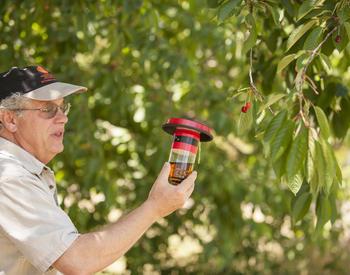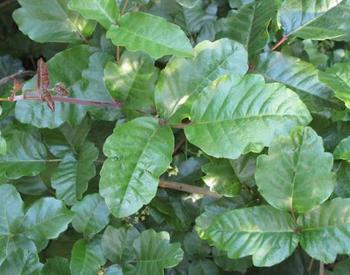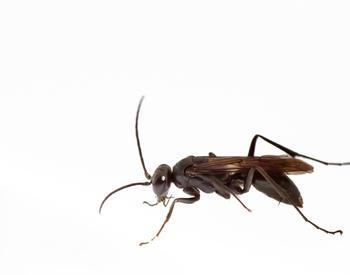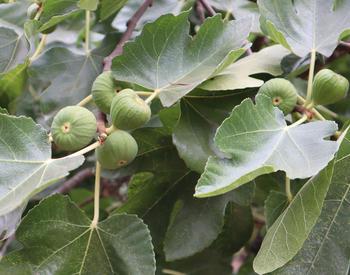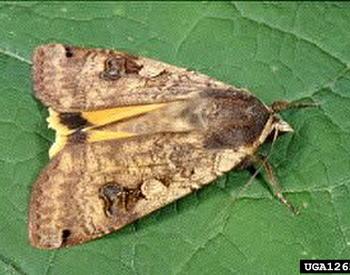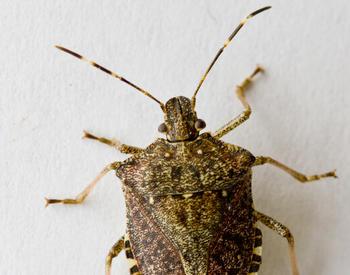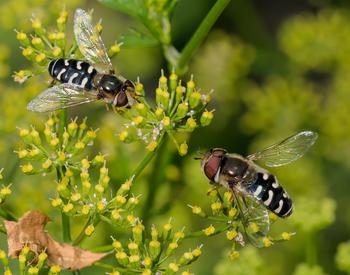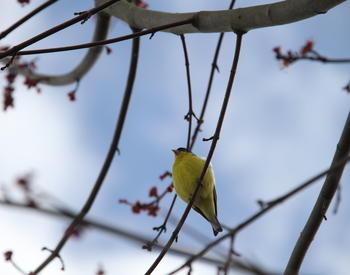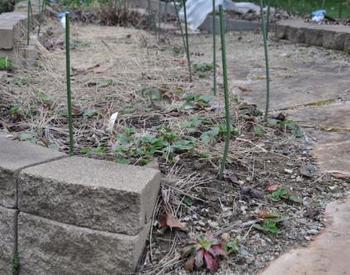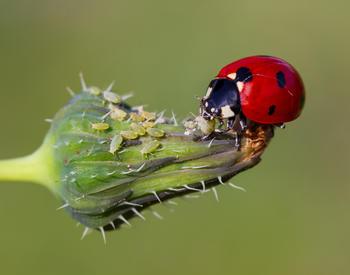Transcript
Well, today, we'll be talking about integrating
integrated pest management.
So farmers are faced with many different pest concerns
that they have to contend with.
There are insects that can defoliate the entire crop.
There are weeds that can compete with the crop plants for light,
moisture, and nutrients.
And there are many plant pathogens
that can cause disease epidemics that
can spread throughout the crop.
To combat any one of these problems,
we can use integrated pest management techniques, that is,
using multiple methods to try and control
any one pest problem.
Pyrethroids
For example, we can consider how insecticides
may affect not just the pests, but non-targets as well.
Pyrethroid insecticides can be used
to manage certain pests, such as psyllids, leaf hoppers,
for lygus bugs, quite successfully.
But their use can trigger outbreaks
of other pests, like aphids, thrips, or even spider mites.
Tank Mixing
And that's because the pyrethroids kill off
the natural enemies of these particular pests,
allowing those pest populations to build up.
Therefore, it's important to weigh the costs and benefits
of different management tactics on the overall crop production.
Another practice we can keep in mind
is when we tank mix different classes of pesticides.
The tank mixing is an efficient means
to save time and money because we need to make
fewer trips through the field.
However, keep in mind that many of today's newer insecticides
need to be absorbed into the plant in order to be effective.
In contrast, protective fungicides
are formulated so that they spread out
across the leaf surface of the planet,
and this helps them to stop the spread of disease
across the leaves.
Complex Interactions
So if these materials-- an insecticide that
needs to be absorbed and a fungicide that
needs to spread out-- are simply tank mixed,
the fungicide can actually interfere
with the effectiveness of the insecticide.
Therefore, we would want to add a chemical adjuvant that
helps the insecticide penetrate into the plant surface
to make the tank mix effective.
Even more complex interactions can
exist in agricultural systems.
Pests such as a aphids can breed and reproduce
on a number of different weeds, including
weeds like nightshade.
And some of these weeds are also hosts for viruses,
such as Potato virus Y, or PVY, which
is a devastating viral pathogen of potatoes
and is actually transmitted by aphids.
Therefore, if you have good weed management in and around potato
fields, it can help contribute to improved control pest
insects, such as aphids and insect-transmitted plant
pathogens by reducing the reservoirs for these insects
and viruses.
Conclusion
So in conclusion, remember to keep in mind
the different approaches you can use
to manage any particular pest, whether it's
an insect, a weed, or a plant disease,
and then keep in mind how these different management
techniques for one pest may affect management
of other pests.
So try, again, to integrate your different integrated pest
management programs so that you'll
be able to produce a successful, sustainable, and economical
crop in the end.
Insects, weeds and plant pathogens are problems that confront farmers in trying to grow a successful crop. Insect pests can defoliate crop plants. Weeds can outcompete crops for light, water and nutrients. Pathogens can cause disease epidemics that destroy entire crops.
Catalog - EM 9119
